Nature has gifted us with a myriad of enchanting creatures, each with its unique role in the delicate balan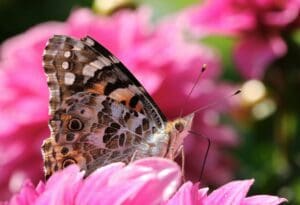 ce of our ecosystems. Among these wonders of the wild, the painted lady butterfly (Vanessa cardui) stands as a remarkable symbol of beauty, resilience, and ecological significance. From its mesmerizing appearance to its vital role in pollination and migration, the painted lady butterfly captivates our hearts and plays an essential part in the web of life. In this blog post, we will delve into the captivating world of painted lady butterflies, exploring their life cycle, ecological importance, and the measures needed to ensure their conservation.
ce of our ecosystems. Among these wonders of the wild, the painted lady butterfly (Vanessa cardui) stands as a remarkable symbol of beauty, resilience, and ecological significance. From its mesmerizing appearance to its vital role in pollination and migration, the painted lady butterfly captivates our hearts and plays an essential part in the web of life. In this blog post, we will delve into the captivating world of painted lady butterflies, exploring their life cycle, ecological importance, and the measures needed to ensure their conservation.
The painted lady butterfly is a true masterpiece of nature’s artistry. Its wings showcase a stunning tapestry of orange, brown, and black patterns, adorned with striking white spots and delicate eye markings. With a wingspan of 2.5 to 3.5 inches, these agile fliers grace our gardens and meadows, bringing joy to all who encounter them.

The life cycle of the painted lady butterfly is a mesmerizing transformation from egg to caterpillar, pupa, and finally, to a breathtaking adult butterfly. Painted lady butterflies lay their eggs on host plants such as thistles, mallow, and nettles, where the caterpillars hatch and begin their journey of growth and metamorphosis. Through each stage, these tiny creatures display an incredible adaptation, showcasing nature’s ingenuity.
Beyond their aesthetic appeal, painted lady butterflies play a vital role in ecosystems as pollinators. As they flit from flower to flower, they transfer pollen, facilitating plant reproduction and ensuring genetic diversity. This critical pollination process enhances the health and resilience of various plant species, contributing to a thriving and diverse ecosystem.
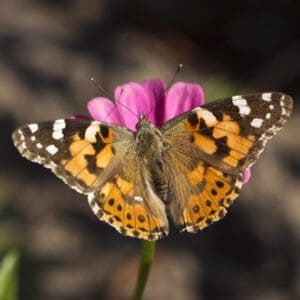
One of the most awe-inspiring feats of the painted lady butterfly is its migratory behavior. These intrepid insects embark on incredible journeys spanning thousands of miles, crossing continents and traversing challenging landscapes. Migration is a response to seasonal changes and resource availability, and it showcases the butterflies’ remarkable navigational abilities.
Despite their resilience, painted lady butterflies face an array of challenges in our rapidly changing world. Loss of natural habitats due to urbanization, agricultural expansion, and climate change pose significant threats to their survival. Pesticides, pollution, and invasive species also disrupt their delicate balance with the environment.
The conservation of painted lady butterflies requires collective efforts from individuals, organizations, and governments. Creating and preserving butterfly-friendly habitats, planting native nectar-rich flowers, and reducing pesticide use are vital steps toward their conservation. Moreover, promoting awareness about the butterflies’ ecological importance can inspire communities to actively participate in their protection.
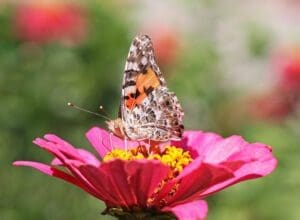
Painted lady butterflies also hold immense educational and recreational value. They serve as an engaging subject for scientific studies, allowing researchers to gain insights into various ecological phenomena. Furthermore, observing and learning about these fascinating creatures can ignite a sense of wonder and curiosity in people of all ages, fostering a deeper appreciation for nature and its delicate balance.
The painted lady butterfly stands as a living testament to the marvels of nature and the interconnectedness of all living beings. Its beauty, migration prowess, and ecological importance make it a cherished symbol of hope and resilience. By understanding, appreciating, and actively conserving these graceful creatures, we can contribute to the preservation of our precious biodiversity. Let us work hand in hand to protect the painted lady butterfly and the countless other wonders of our natural world, ensuring a harmonious and vibrant planet for generations to come.
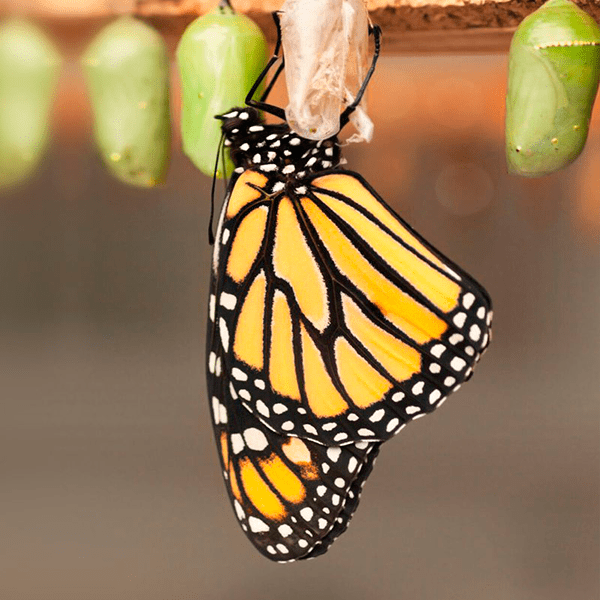
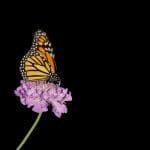
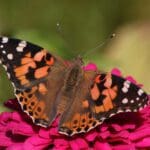
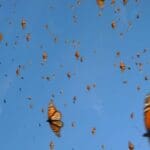
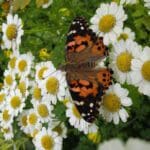

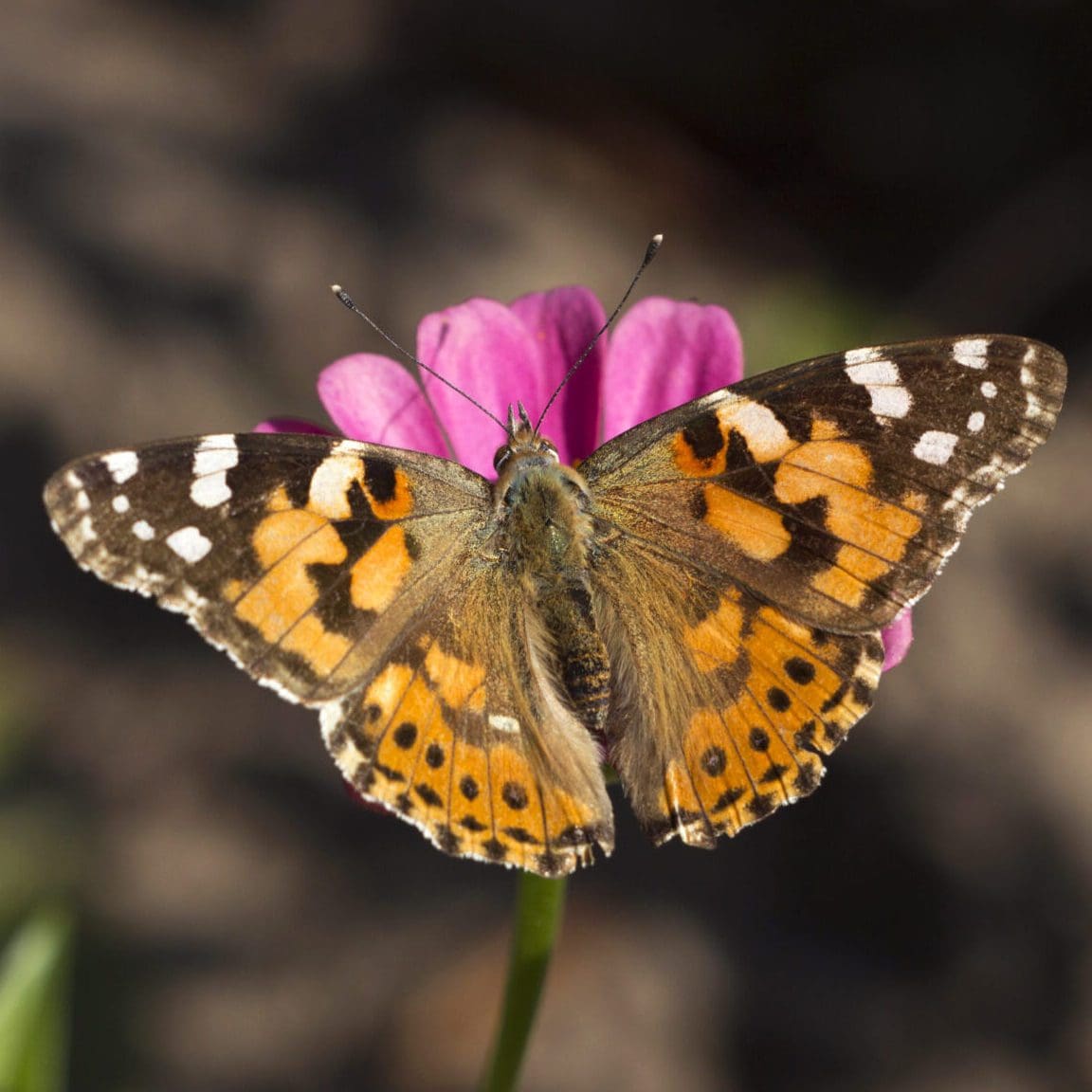
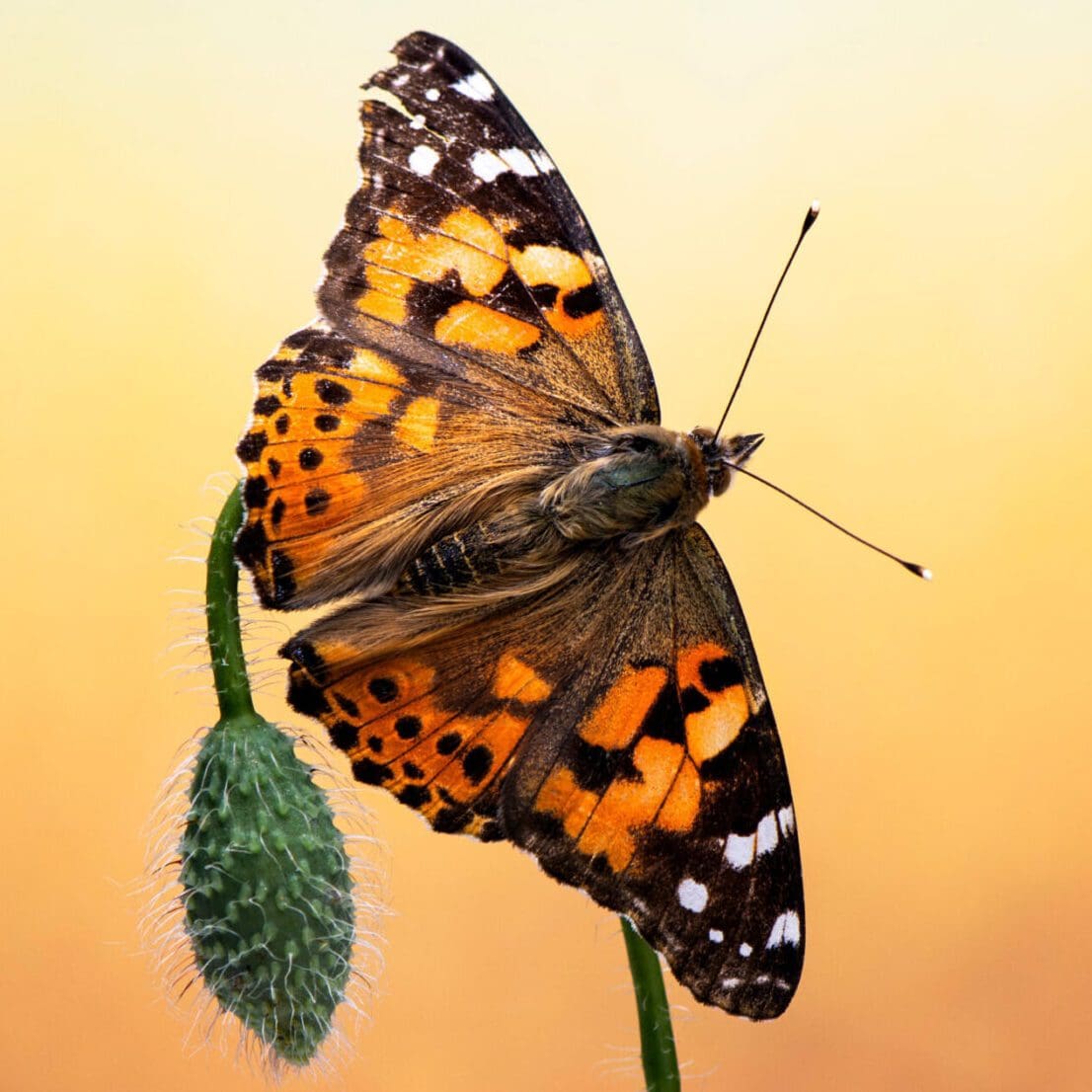
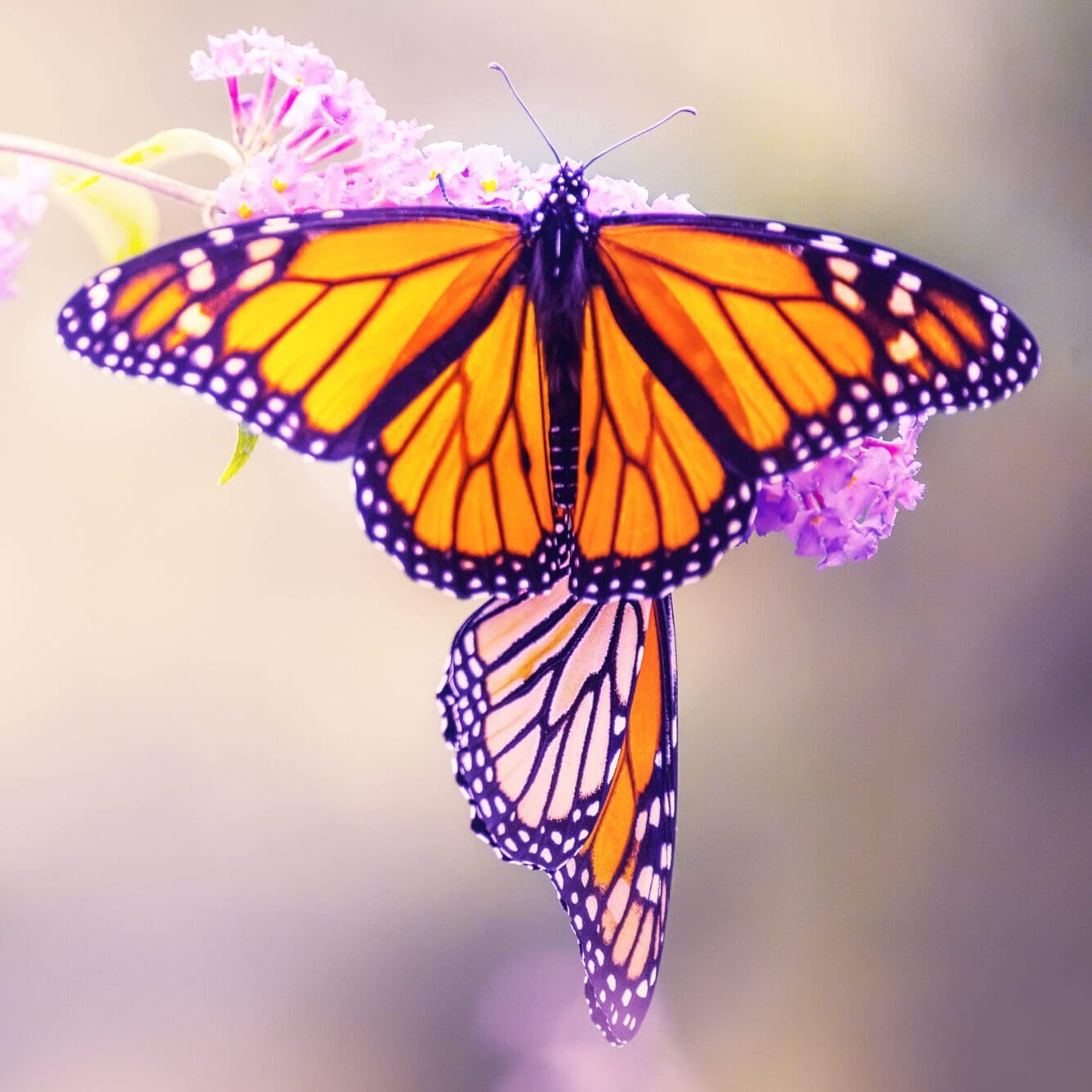

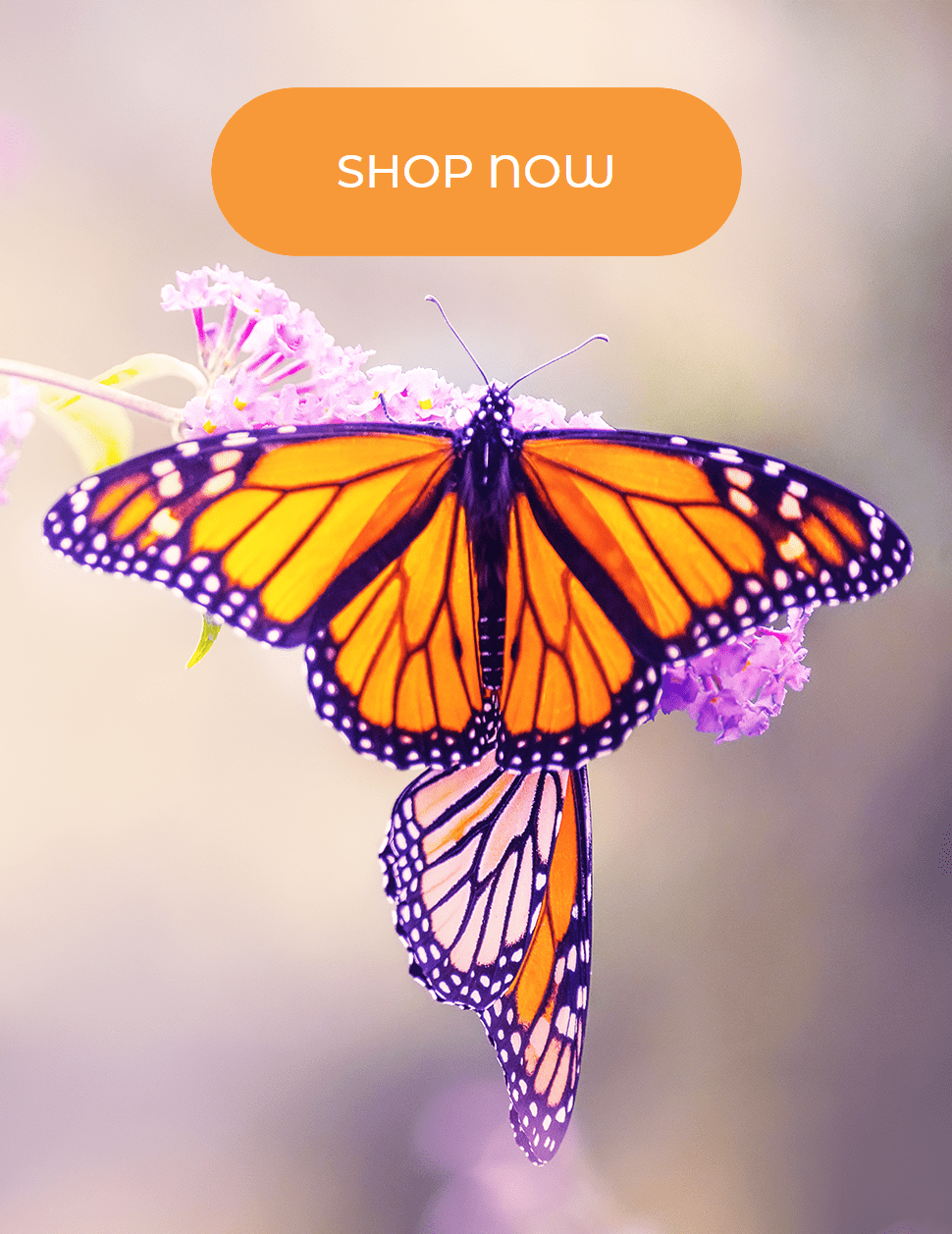

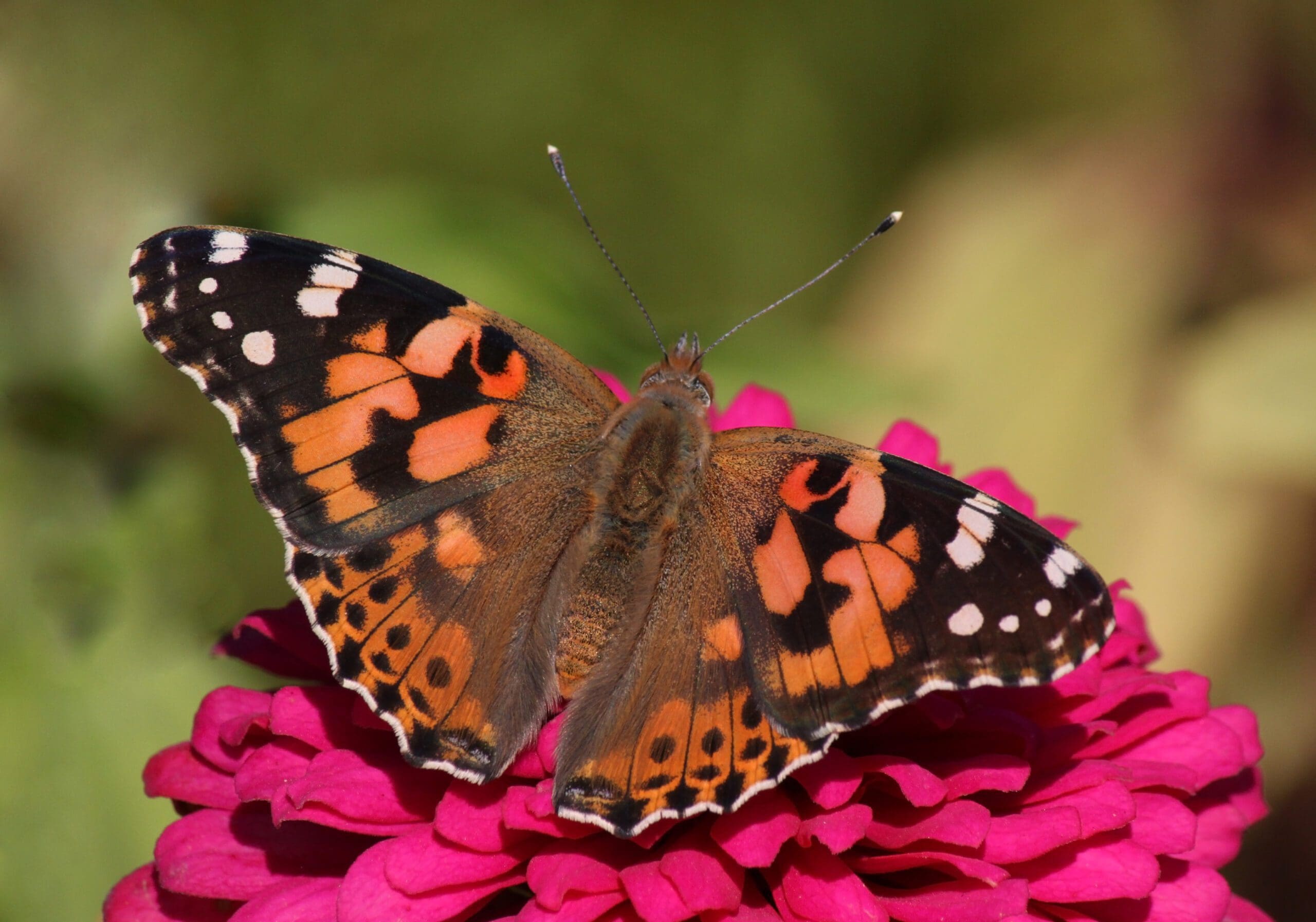
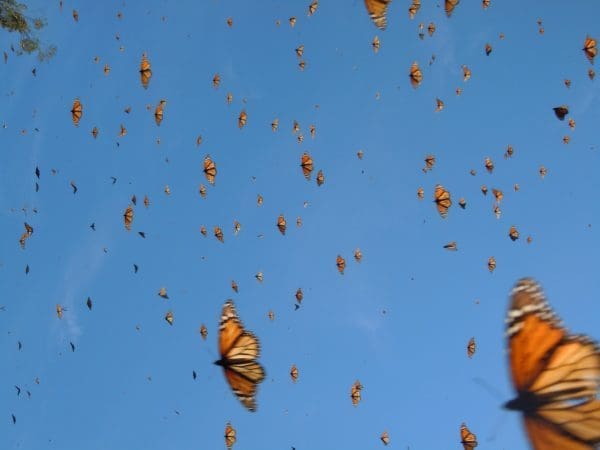
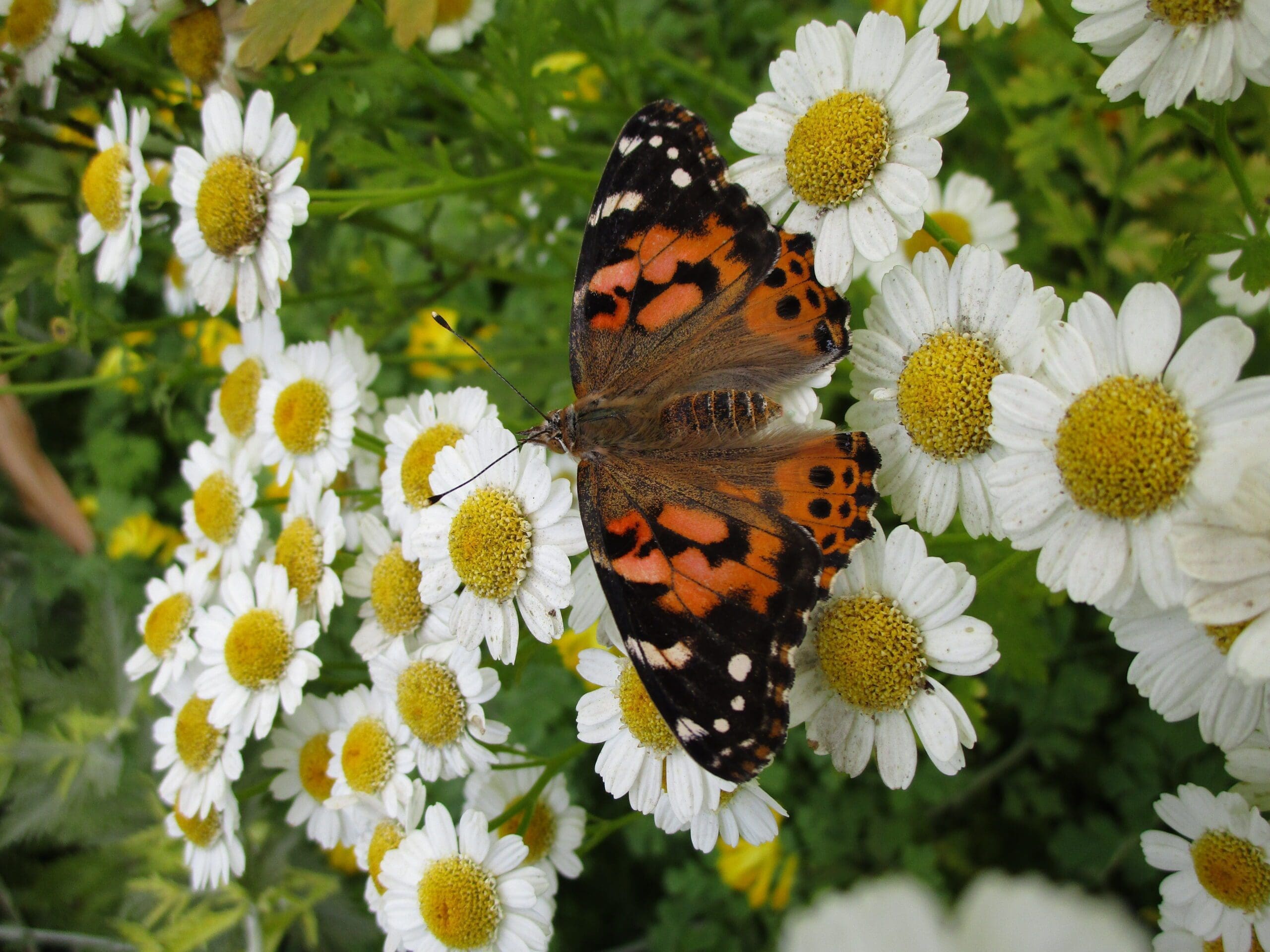
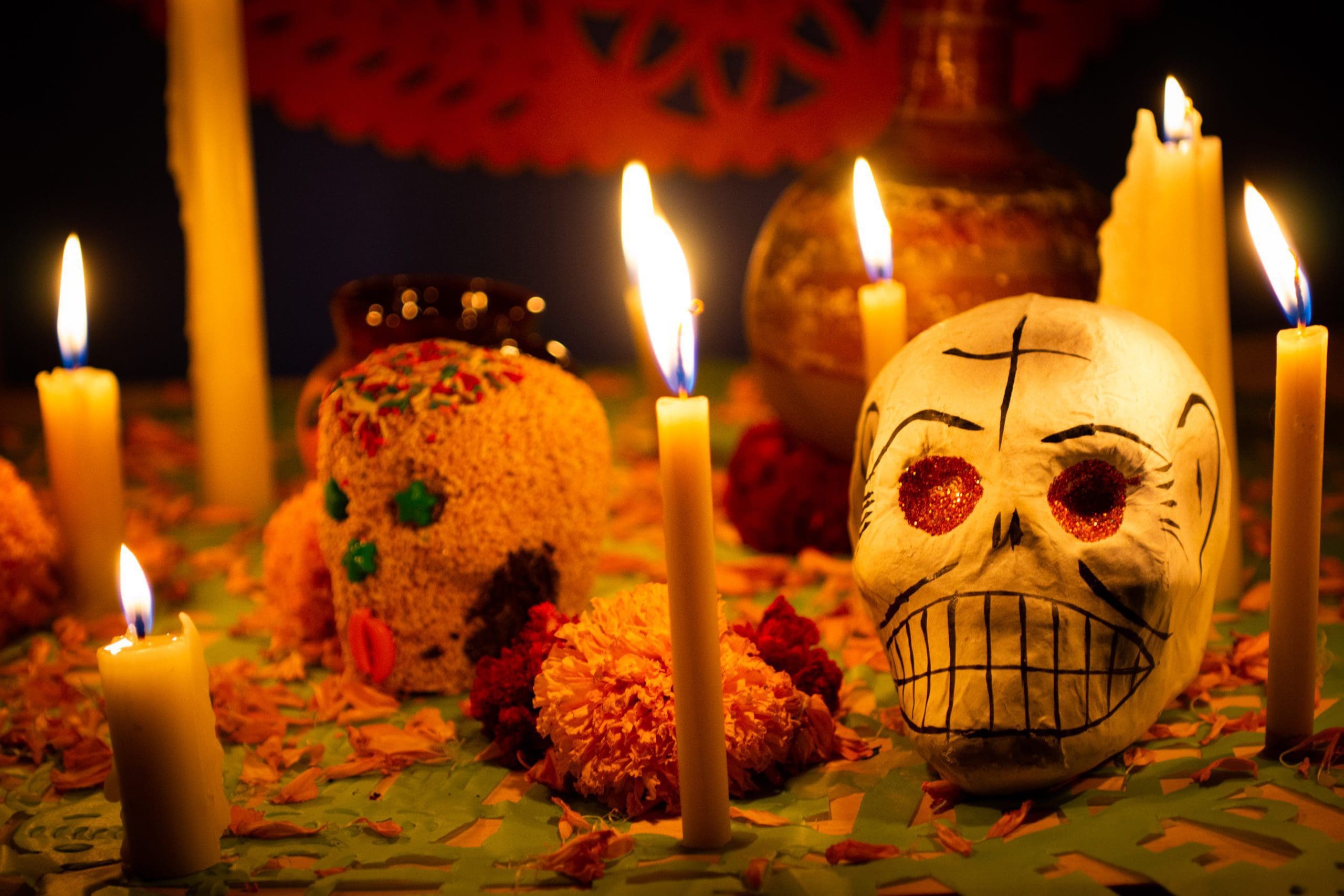
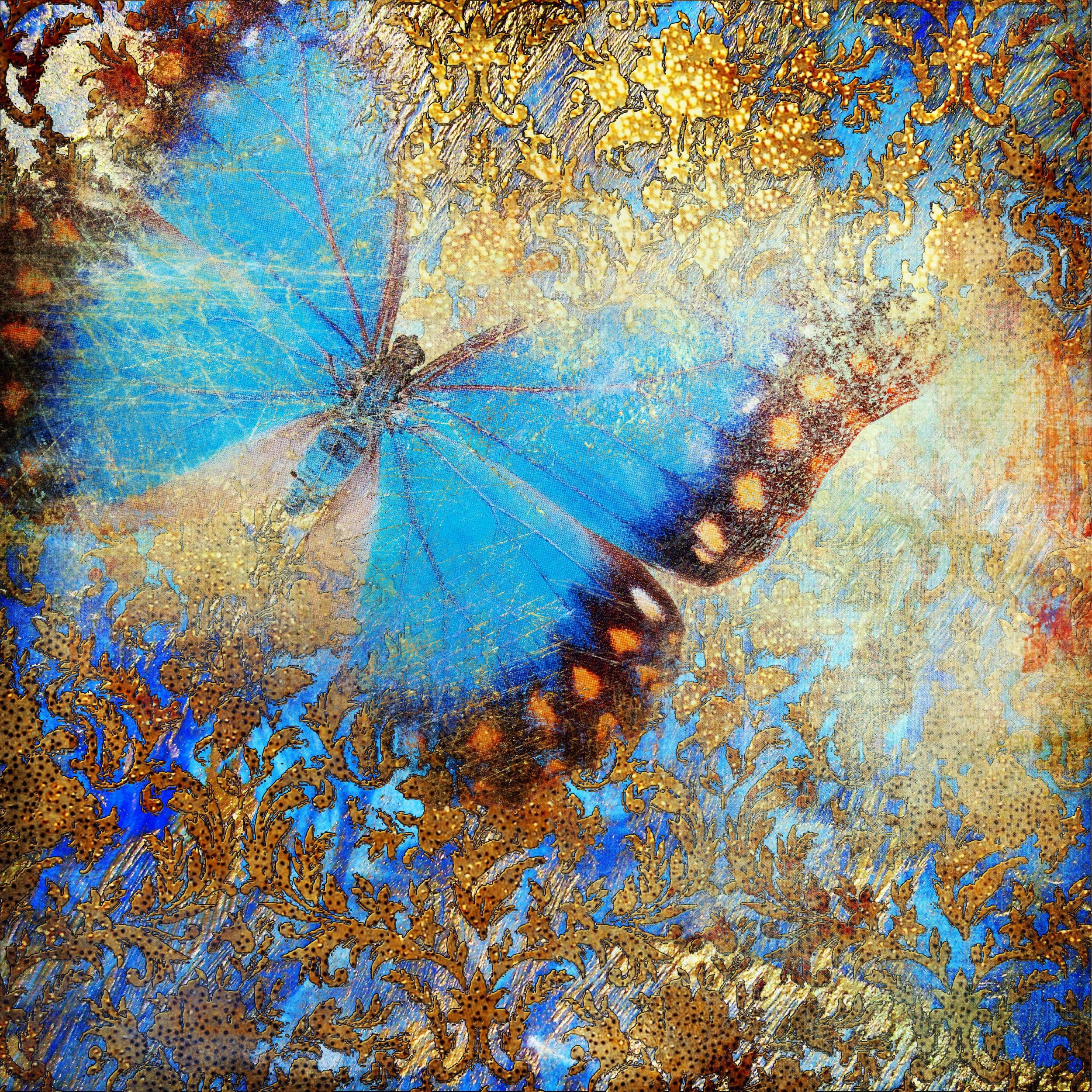
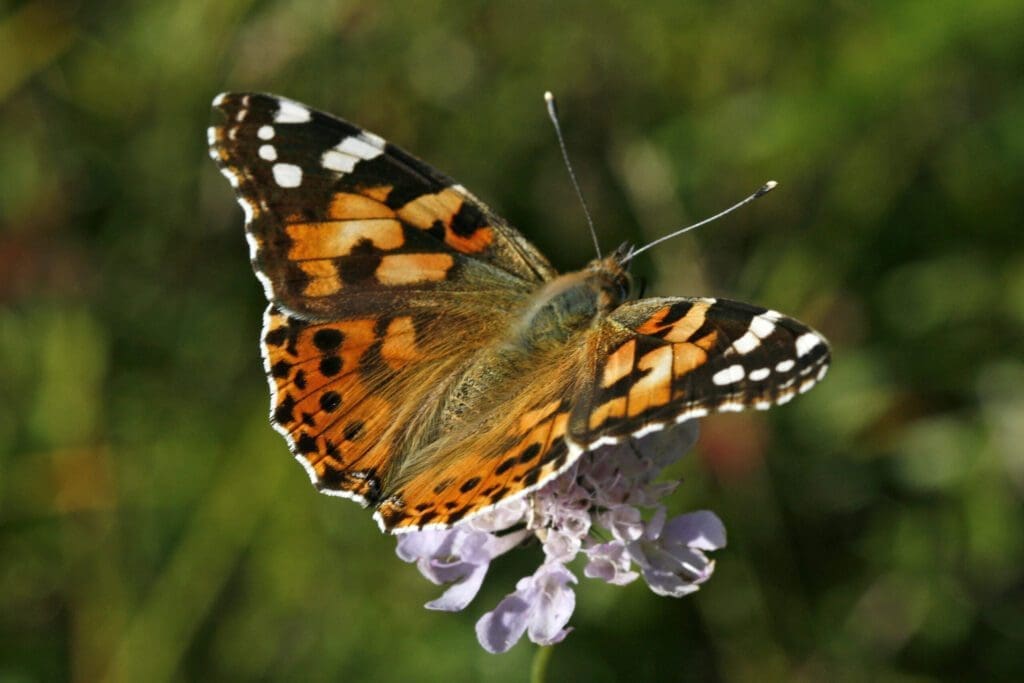
 ce of our ecosystems. Among these wonders of the wild, the painted lady butterfly (Vanessa cardui) stands as a remarkable symbol of beauty, resilience, and ecological significance. From its mesmerizing appearance to its vital role in pollination and migration, the painted lady butterfly captivates our hearts and plays an essential part in the web of life. In this blog post, we will delve into the captivating world of painted lady butterflies, exploring their life cycle, ecological importance, and the measures needed to ensure their conservation.
ce of our ecosystems. Among these wonders of the wild, the painted lady butterfly (Vanessa cardui) stands as a remarkable symbol of beauty, resilience, and ecological significance. From its mesmerizing appearance to its vital role in pollination and migration, the painted lady butterfly captivates our hearts and plays an essential part in the web of life. In this blog post, we will delve into the captivating world of painted lady butterflies, exploring their life cycle, ecological importance, and the measures needed to ensure their conservation.


